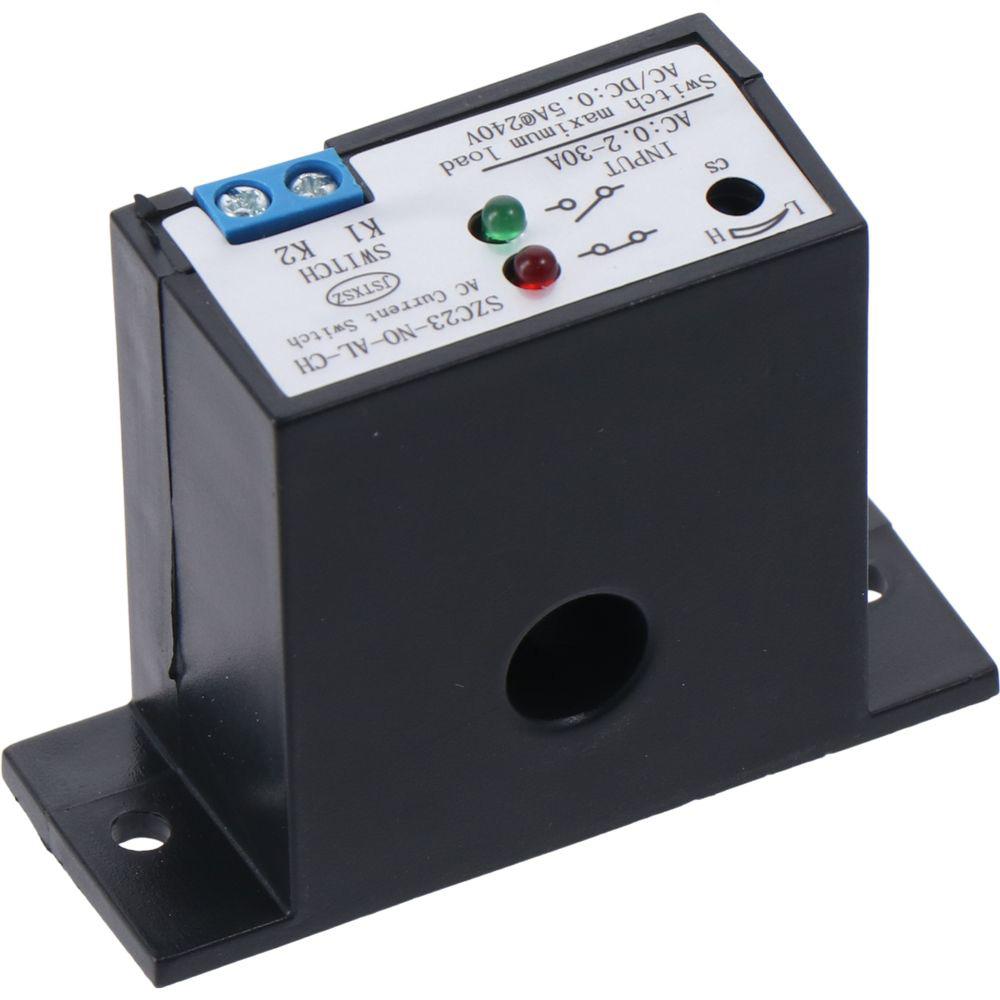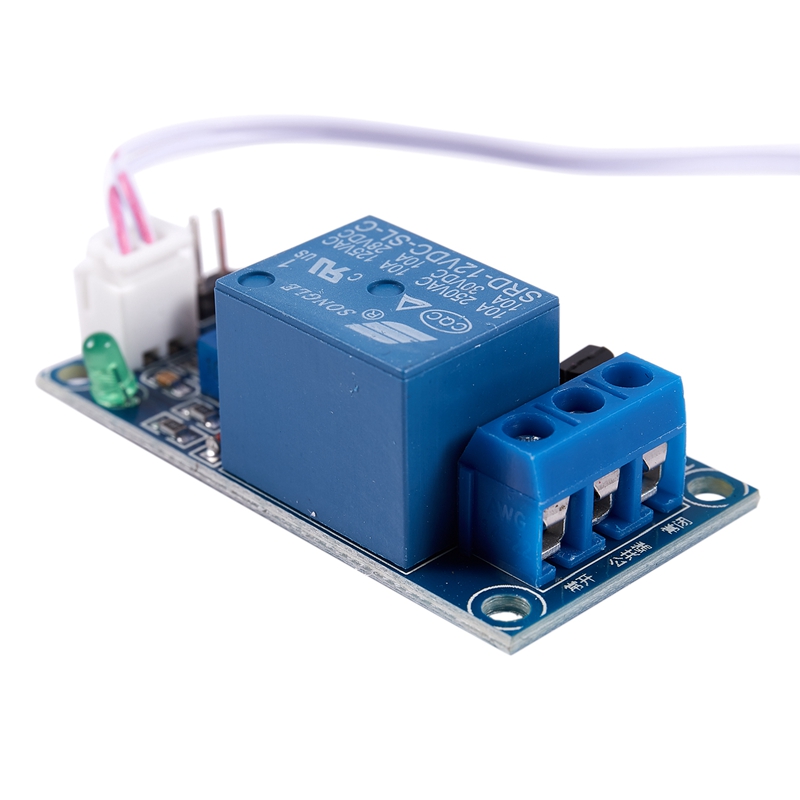In modern technology, efficient and reliable systems are crucial for various applications. One of the key components that enhance the performance of electrical systems is the E.P.S.Sensor Relay. This article will delve into what an E.P.S. sensor relay is, its functionalities, advantages, and applications. We will explore why understanding this component is essential for both engineers and everyday users.
What Is an E.P.S. Sensor Relay?
An E.P.S. sensor relay (Electronic Power Steering sensor relay) is a crucial electronic component in vehicles that helps manage power steering systems. Unlike traditional hydraulic systems, electronic power steering (EPS) relies on electric motors to assist the driver, making it more efficient and responsive. The E.P.S. sensor relay plays a vital role in ensuring that the electric motor functions correctly, providing the necessary steering assistance.
Read Also: e.p.s.sensor relay
How Does the E.P.S. Sensor Relay Work?
The E.P.S. sensor relay operates by receiving input from various sensors, such as steering angle sensors and vehicle speed sensors. Based on this information, it controls the electric motor’s output to adjust the level of assistance provided to the driver.
Key Functions of the E.P.S. Sensor Relay
- Input Processing: The relay gathers data from sensors to understand the vehicle’s current state.
- Signal Transmission: It transmits signals to the electric motor, determining how much assistance to provide based on the driver’s input and driving conditions.
- Safety Monitoring: The relay continuously monitors the system for faults or malfunctions, ensuring that the steering assistance remains effective.
Advantages of Using an E.P.S. Sensor Relay
Understanding the benefits of the E.P.S. sensor relay is essential for appreciating its role in modern vehicles. Here are some of the primary advantages:
1. Improved Fuel Efficiency
The E.P.S. system consumes less power compared to traditional hydraulic systems. Since the electric motor only draws power when needed, this leads to improved fuel efficiency. The E.P.S. sensor relay helps optimize this process by providing accurate assistance levels, ensuring that power is used efficiently.
2. Enhanced Steering Response
With the precise control provided by the E.P.S. sensor relay, drivers experience better steering response. The relay adjusts assistance based on driving conditions, allowing for a more dynamic and responsive steering experience.
3. Reduced Weight
Since electronic power steering systems do not require heavy hydraulic components, vehicles equipped with an E.P.S. sensor relay are often lighter. This reduction in weight contributes to better overall vehicle performance.
4. Increased Safety
The E.P.S. sensor relay plays a crucial role in safety. By continuously monitoring the system and ensuring that the electric motor functions correctly, the relay helps prevent steering failures, enhancing overall vehicle safety.
Applications of the E.P.S. Sensor Relay
The E.P.S. sensor relay is primarily used in vehicles, but its applications extend to various sectors. Here are some notable applications:
1. Automotive Industry
In the automotive sector, the E.P.S. sensor relay is essential for modern vehicles. It is integral to power steering systems, allowing for smoother and more efficient steering.
2. Robotics
Robotic systems often use similar sensor relay technology to manage movement and control. The principles of input processing and signal transmission found in the E.P.S. sensor relay can be adapted for use in robotic applications.
3. Industrial Machinery
Many industrial machines require precise control systems. The E.P.S. sensor relay technology can be adapted for use in these environments, ensuring efficient operation and safety.
4. Electric Bicycles and Scooters
With the rise of electric bicycles and scooters, the E.P.S. sensor relay concept has found new applications. These vehicles benefit from the enhanced steering control and efficiency provided by electronic systems.

Troubleshooting Common Issues with E.P.S. Sensor Relays
While the E.P.S. sensor relay is designed to be reliable, issues can arise. Understanding how to troubleshoot common problems can help maintain vehicle performance. Here are some common issues and their potential solutions:
1. Steering Assist Failure
Symptoms: If the steering feels heavy or unresponsive, it may indicate a problem with the E.P.S. sensor relay.
Solution: Check for error codes using a diagnostic tool. If a fault is detected, inspect the wiring and connectors for damage. Replacing a faulty relay may be necessary.
2. Intermittent Steering Assist
Symptoms: The steering assistance may work intermittently, making it challenging to control the vehicle.
Solution: This issue could be due to a failing E.P.S. sensor relay or a problem with the input sensors. A thorough inspection and diagnostics should be conducted to identify the root cause.
3. Warning Lights
Symptoms: Dashboard warning lights related to power steering may illuminate, indicating a potential issue with the E.P.S. system.
Solution: When warning lights appear, it’s essential to conduct a diagnostic check. Identifying the specific error codes will guide you in addressing the issue promptly.
Read Also: e.p.s.sensor relay
Maintenance Tips for E.P.S. Sensor Relays
To ensure the longevity and reliability of your E.P.S. sensor relay, consider the following maintenance tips:
1. Regular Inspections
Perform regular checks on your vehicle’s steering system, paying close attention to the E.P.S. sensor relay and its connections. Look for signs of wear, corrosion, or damage.
2. Keep Software Updated
If your vehicle uses software for the E.P.S. system, ensure that it is regularly updated. Manufacturers often release updates that improve system performance and address potential issues.
3. Monitor Performance
Pay attention to how your vehicle responds while steering. Any changes in steering feel, such as increased resistance or unusual noises, may indicate a problem that requires immediate attention.
4. Consult Professionals
If you suspect any issues with your E.P.S. sensor relay, consult a professional mechanic. They can perform diagnostics and repairs more effectively, ensuring your vehicle remains safe and functional.

FAQs
1. What is an E.P.S. sensor relay?
The E.P.S. sensor relay is a component that manages the electric power steering system in vehicles, helping to control steering assistance based on sensor inputs.
2. How does the E.P.S. sensor relay improve fuel efficiency?
By optimizing the power usage of the electric motor, the E.P.S. sensor relay reduces energy consumption compared to traditional hydraulic systems, enhancing fuel efficiency.
3. What are common issues with E.P.S. sensor relays?
Common issues include steering assist failure, intermittent assistance, and dashboard warning lights indicating a potential fault.
4. How can I maintain my E.P.S. sensor relay?
Regular inspections, software updates, performance monitoring, and consulting professionals for issues are essential for maintaining the E.P.S. sensor relay.
5. Where else is E.P.S. sensor relay technology used?
Beyond automotive applications, similar technology is used in robotics, industrial machinery, and electric bicycles and scooters.
Conclusion
The E.P.S. sensor relay is a vital component in modern vehicles, enhancing power steering systems’ efficiency, safety, and responsiveness. Its ability to process inputs and manage electric motor outputs makes it an essential part of today’s automotive technology. Understanding its functions, benefits, and potential issues can help vehicle owners and operators ensure their systems work effectively and safely.
Whether you’re an automotive enthusiast, a mechanic, or just someone looking to understand more about vehicle technology, the E.P.S. sensor relay is a fascinating topic worth exploring. By maintaining awareness of how this component functions, you can appreciate its impact on driving experience and vehicle safety.



